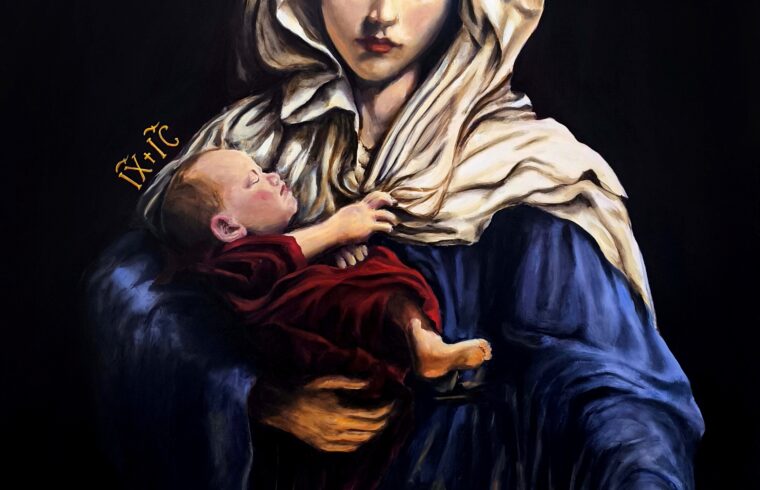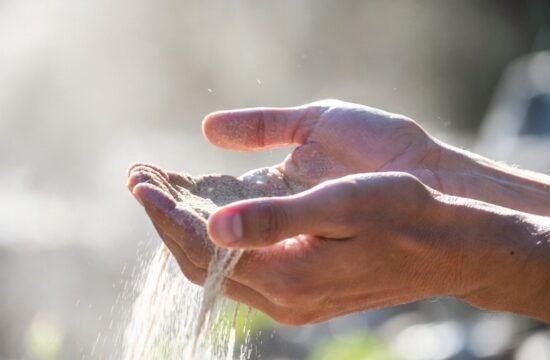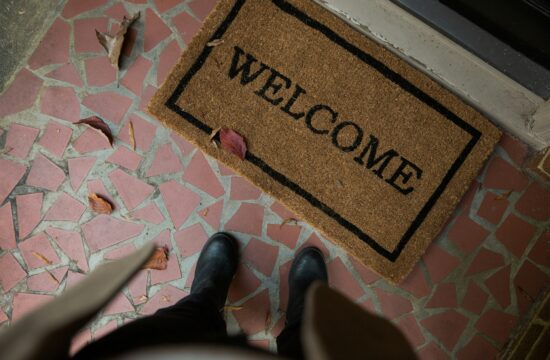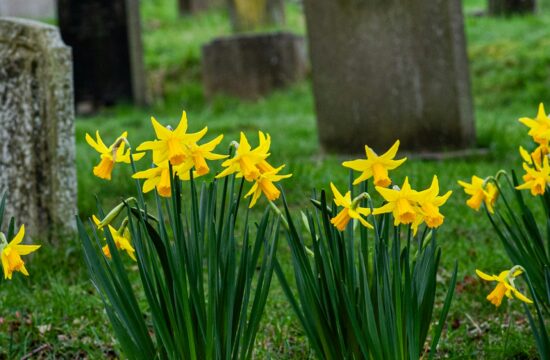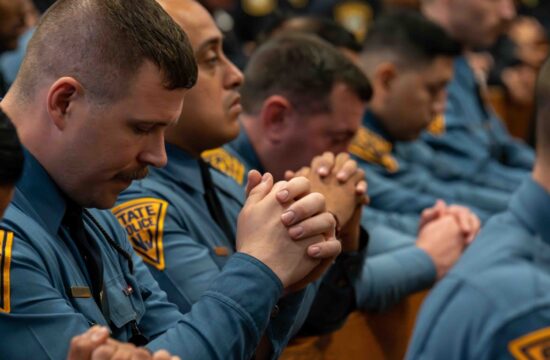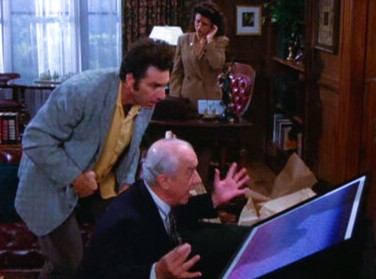Today the Church celebrates the Memorial of Our Lady of the Rosary. If you grew up Catholic, you probably hear “Our Lady of the Rosary” and think, “Didn’t we just have a feast for Mary?” She gets a lot of feast days — and honestly, that’s a good thing. But if you dig into the history, this one’s got a fascinating backstory.
Thank you for taking the time to read this homily for the feast OUR LADY OF THE ROSARY (October 7, 2025). Your support means a great deal to me, and I’m deeply grateful for the many who share these messages with their friends, families and social media followers. If you’ve found meaning in these words, I’d be grateful if you’d share them with others who might benefit.
And for those who prefer listening, you can find the audio version on SoundCloud HERE or subscribe to the podcast on iTunes HERE. Your comments, messages, and the way you’ve embraced these homilies continue to inspire me. Sincerely in Christ -Father Ji
Originally, this feast was called “Our Lady of Victory.” Flashback to 1571: there’s a massive naval showdown between the Ottoman Empire and a bunch of Christian kingdoms in the Mediterranean. It wasn’t just a political fight, but a religious one. The Ottomans were pushing through Europe, and the Christian side looked seriously outnumbered. Pope Pius V, seeing how bad things were, called on every church to stay open 24/7. He begged everyone to pray the Rosary, asking Mary to intercede. Against every odd, the Christian forces won. The Pope credited the victory to Mary’s prayers, and named the day “Our Lady of Victory.”
But people eventually asked: does it make sense to picture the Mother of Jesus — the Prince of Peace — picking sides in a war? So, the feast name shifted to “Our Lady of the Rosary.” But here’s the thing: that original story still matters. It’s tempting, especially for our generation, to think the “old battles” are just dusty history, that we’re more enlightened now, that faith and struggle don’t go together anymore. But history has a way of repeating itself. If you paid attention to the news, you might remember that two years ago, on October 7, 2023, the world watched as Hamas launched a horrific attack on Israel — a date chosen, some say, to echo the anniversary of that ancient battle in Lepanto.
Changing the feast’s name wasn’t about erasing history or pretending spiritual battles don’t exist. It was about widening our vision. The Rosary isn’t just about one victory centuries ago. It’s about the battles we all face — global conflicts, political fights, and, maybe hardest of all, the personal struggles between good and evil that play out inside us every day.
The Rosary isn’t just a string of beads or an old-fashioned prayer you mumble when you’re bored. It’s a reminder that good can still win, even when things look hopeless. The Rosary takes us through everything: the highs and lows, the moments of joy, and the times that feel like total despair. You get the full story of Jesus through Mary’s eyes — not just the miracles, but the betrayals, the loneliness, the pain. All the stuff that feels familiar to anyone who’s ever wondered if they’re strong enough to keep going.
That’s why this feast matters. Because battles don’t just happen in history books or on the other side of the world. They happen in our hearts, every day. And the Rosary is both a weapon and a lifeline. It draws us back to God, helps us face the mess, and asks the Holy Spirit to work in us — transforming our weakness into something real and good, helping us say yes to God’s will, and letting Christ come alive in us, right now.
So maybe next time you see a Rosary, you’ll think twice. It’s not just a symbol from the past. It’s a reminder that with God, and with Mary’s prayers, victory is possible — even when the odds don’t look great.

